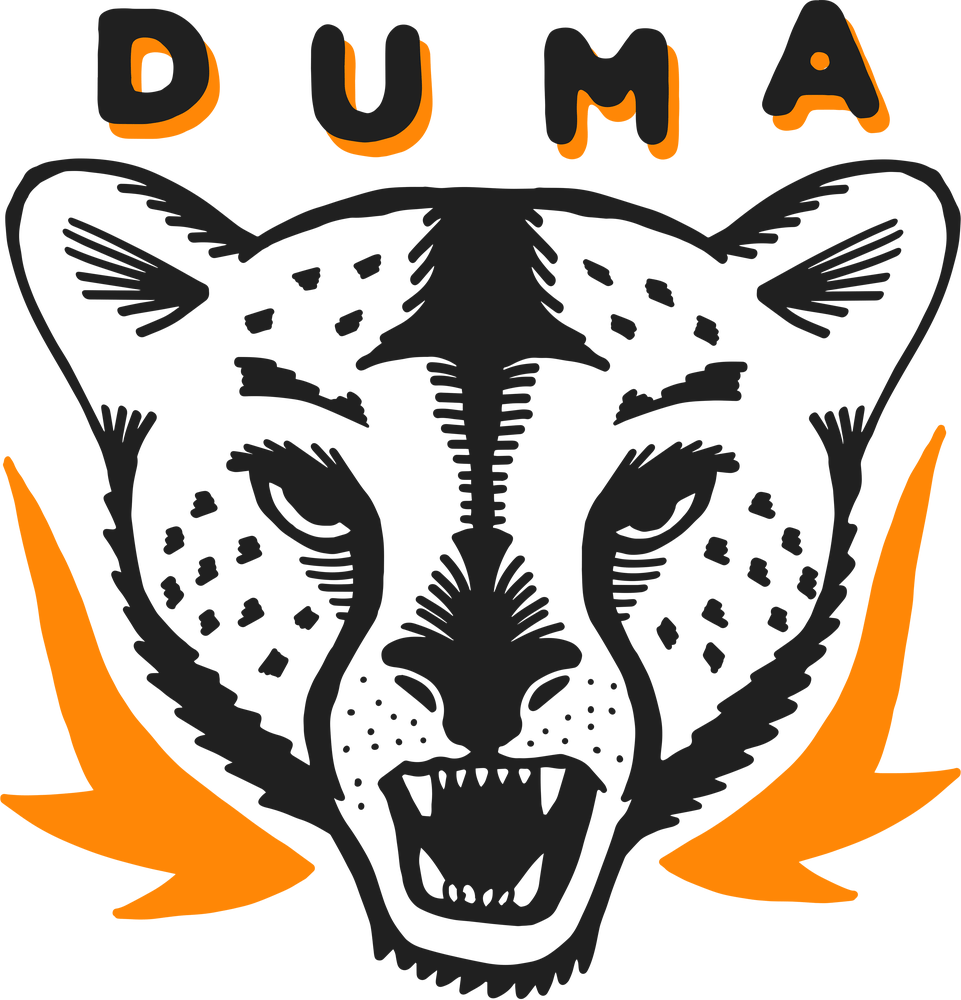About This Coffee
Duma is part of our Sucafina Originals range, our line of consistent and affordable blends sourced from our vertically-integrated supply chain.
Duma is sourced primarily through the Nairobi Coffee Exchange Auction. While farmers may make more money when their small, higher quality lots are sold at auction, the small size of such lots means that they still depend on selling the rest of their harvest at reasonable prices. This is where we step in! We ensure that ALL farmers' hard work gets the best possible return. Duma offers roasters consistent products in greater volume for blending while ensuring a good price for farmers for their whole harvest. This coffee is ABC and 80+ SCA.
Duma is sourced from Kenya’s Central Province. It’s a special blend of ABC size grades grown by networks of small holder producers mainly surrounding the slopes of Mount Kenya and throughout the Aberdare mountain range.
For farmers, the high quality lots they sell at the auction are only a small portion of their total production. While they may make more money when these higher quality lots are sold at auction, the small size of such lots means that they still depend on selling the rest of their harvest at reasonable prices.
On the roasting side, the auction system is extremely successful at finding and highlighting those outstanding microlots, but, except for those lots coming from large estates, these microlots are, well, micro. We wanted to be able to offer roasters consistent products in greater volume for blending.
Cultivation
Coffees from these areas are grown in rich volcanic sandy soils at high altitudes, ranging from 1,600-1,850 meters above sea level. Flowering takes place between March and April with the harvest spread between November and January. Wet mills have access to fresh, high-altitude streams, with which they produce immaculately washed coffees.
Harvest & Post-Harvest
Small scale farmers are organized into well-managed central wet mills, known as “Coffee Factories”. These factories generally function as cooperatives.
Following selective handpicking, farmers deliver their cherry to wet mills. At intake, cherry is hand sorted to remove any damaged or underripe cherry before pulping. After pulping, coffee is fermented for 12 to 16 hours and then washed in fresh stream water. Wet parchment is dried on raised beds, where it is turned frequently to ensure even drying. Workers also sort through drying parchment to remove any damaged beans.
Kenyan coffee usually goes through strict screen grading where coffee is separated according to screen size. This blend, created by our sister company in Kenya, marries together the best of all worlds
Coffee in Kenya
Though coffee growing had a relatively late start in Kenya, the industry has gained and maintained a impressive reputation. Since the start of production, Kenyan coffee has been recognized for its high-quality, meticulous preparation and exquisite flavors. Our in-country sister company, Sucafina Kenya, works with farmers across the country to ensure these exceptional coffees gain the accolades they deserve.
Today, more than 600,000 smallholders farming fewer than 5 acres compose 99% of the coffee farming population of Kenya. Their farms cover more than 75% of total coffee growing land and produce nearly 70% of the country’s coffee. These farmers are organized into hundreds of Farmer Cooperative Societies (FCS), all of which operate at least one factory. The remainder of annual production is grown and processed by small, medium and large land estates. Most of the larger estates have their own washing stations.
Most Kenyan coffees are fully washed and dried on raised beds. The country still upholds its reputation for high quality and attention to detail at its many washing stations. The best factories employ stringent sorting practices at cherry intake, and many of them have had the same management staff in place for years.
